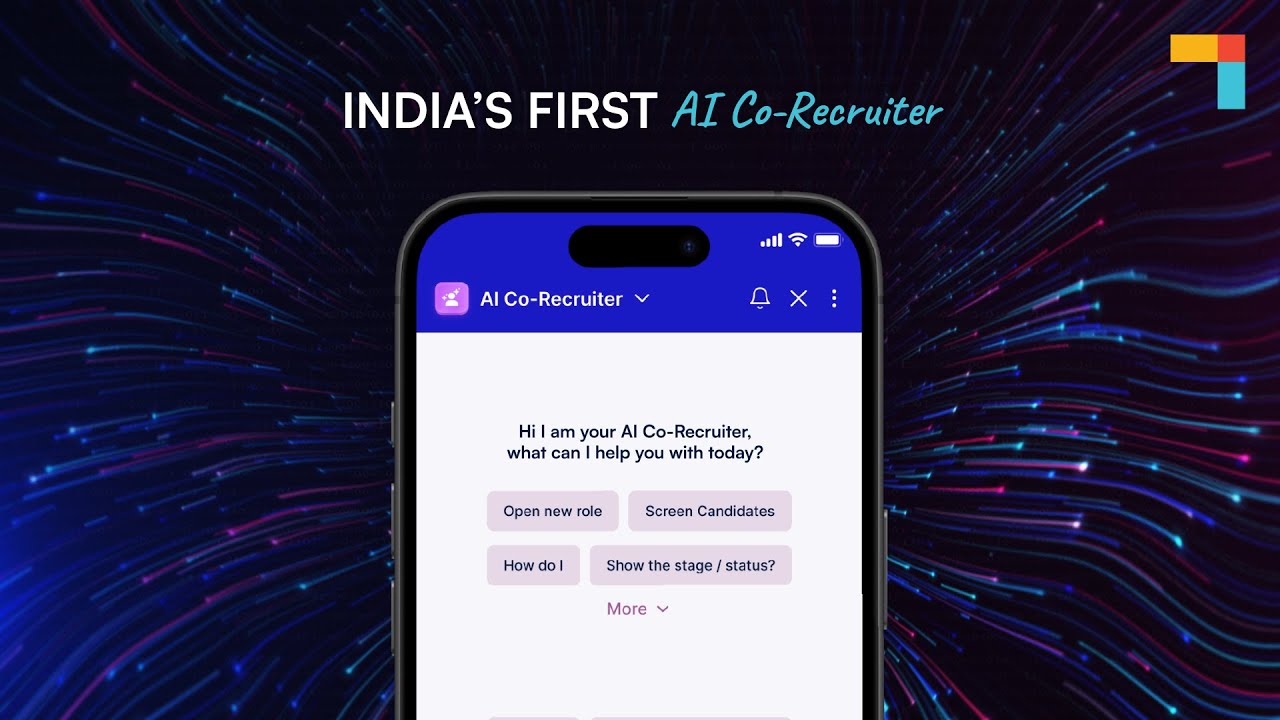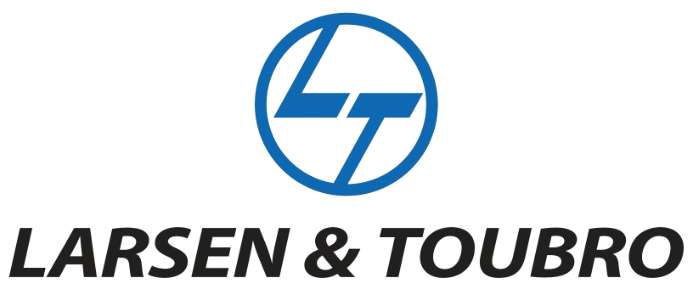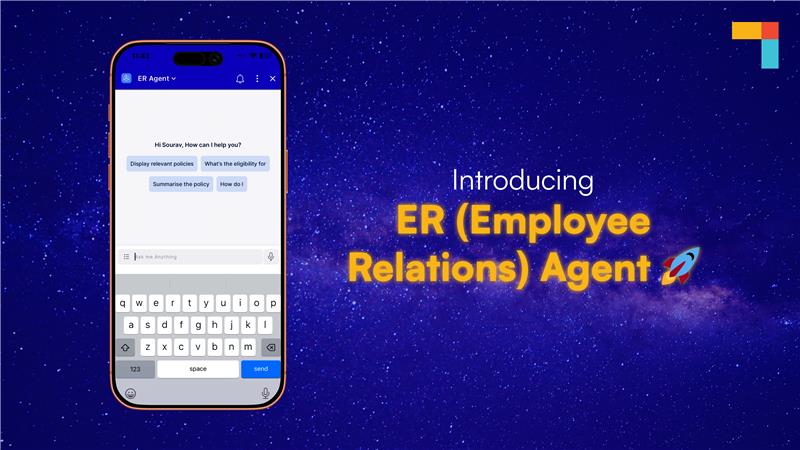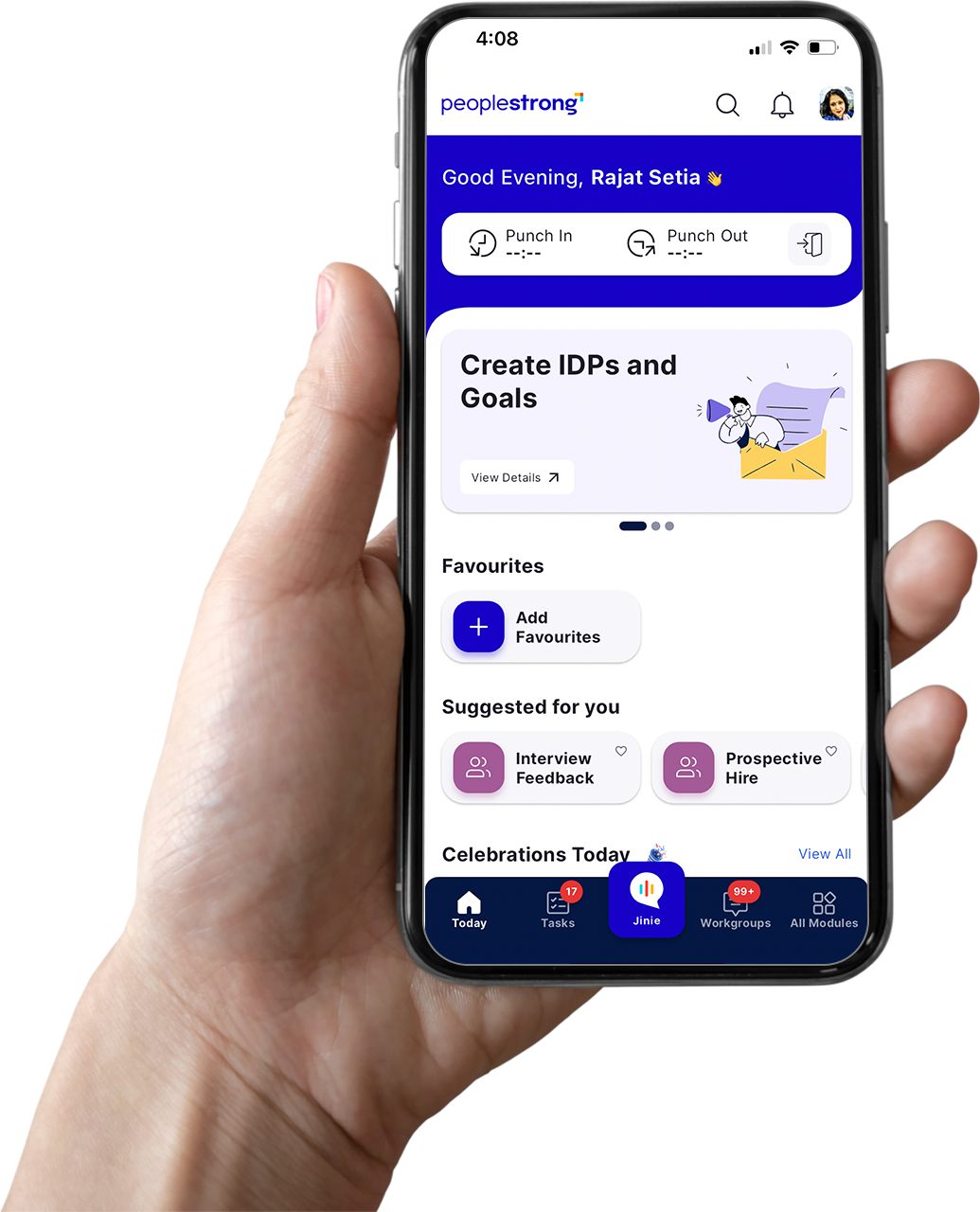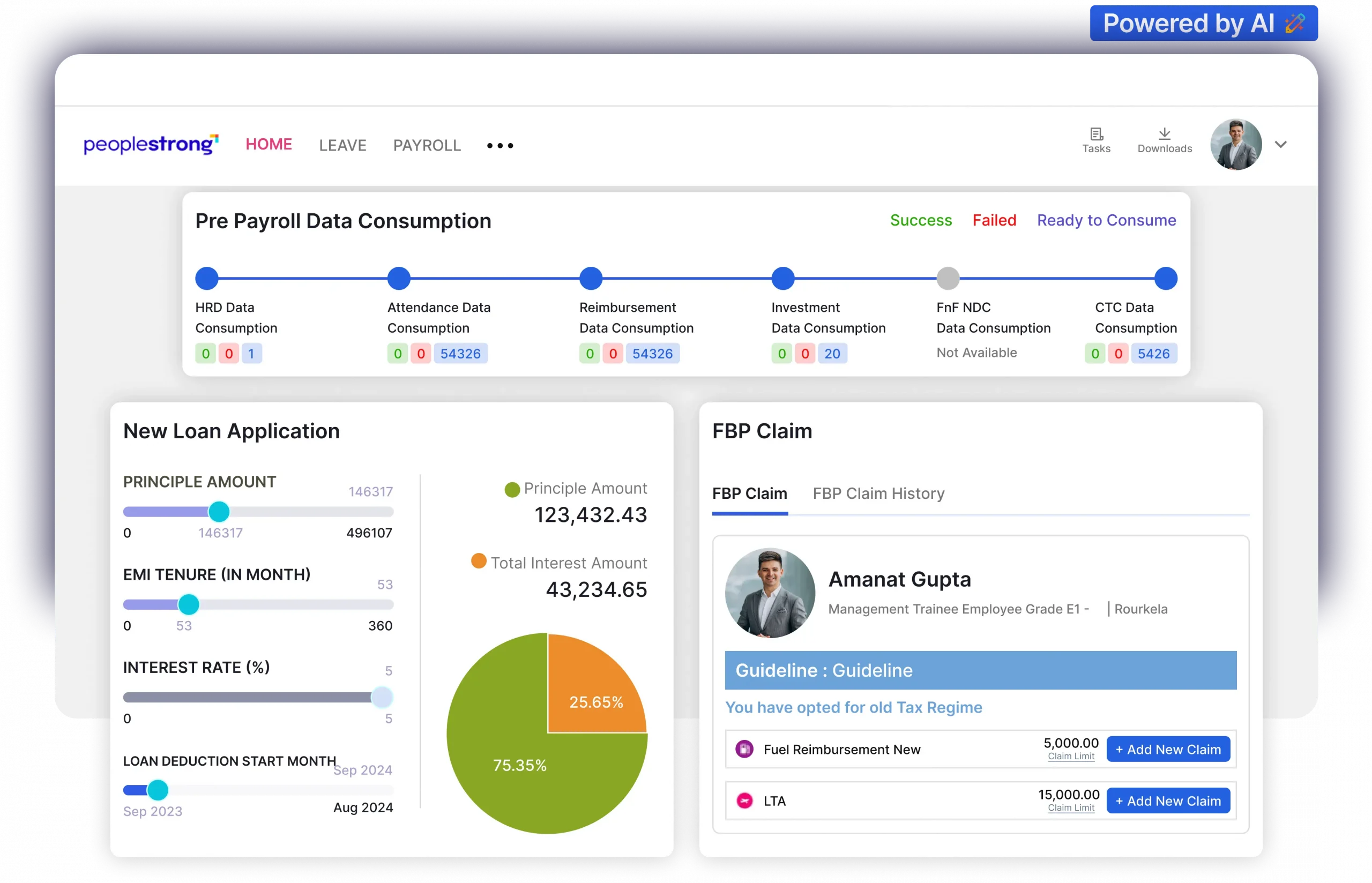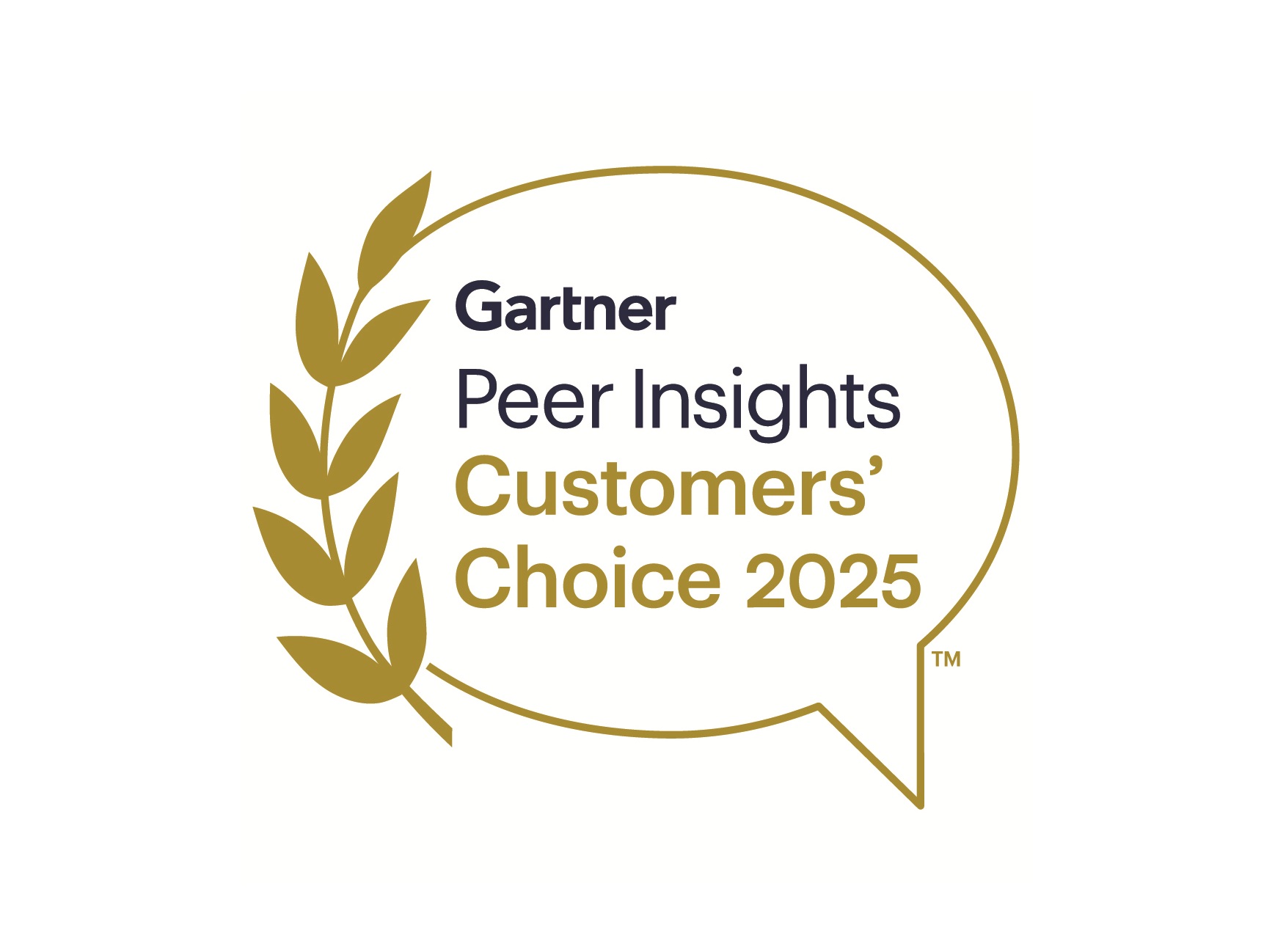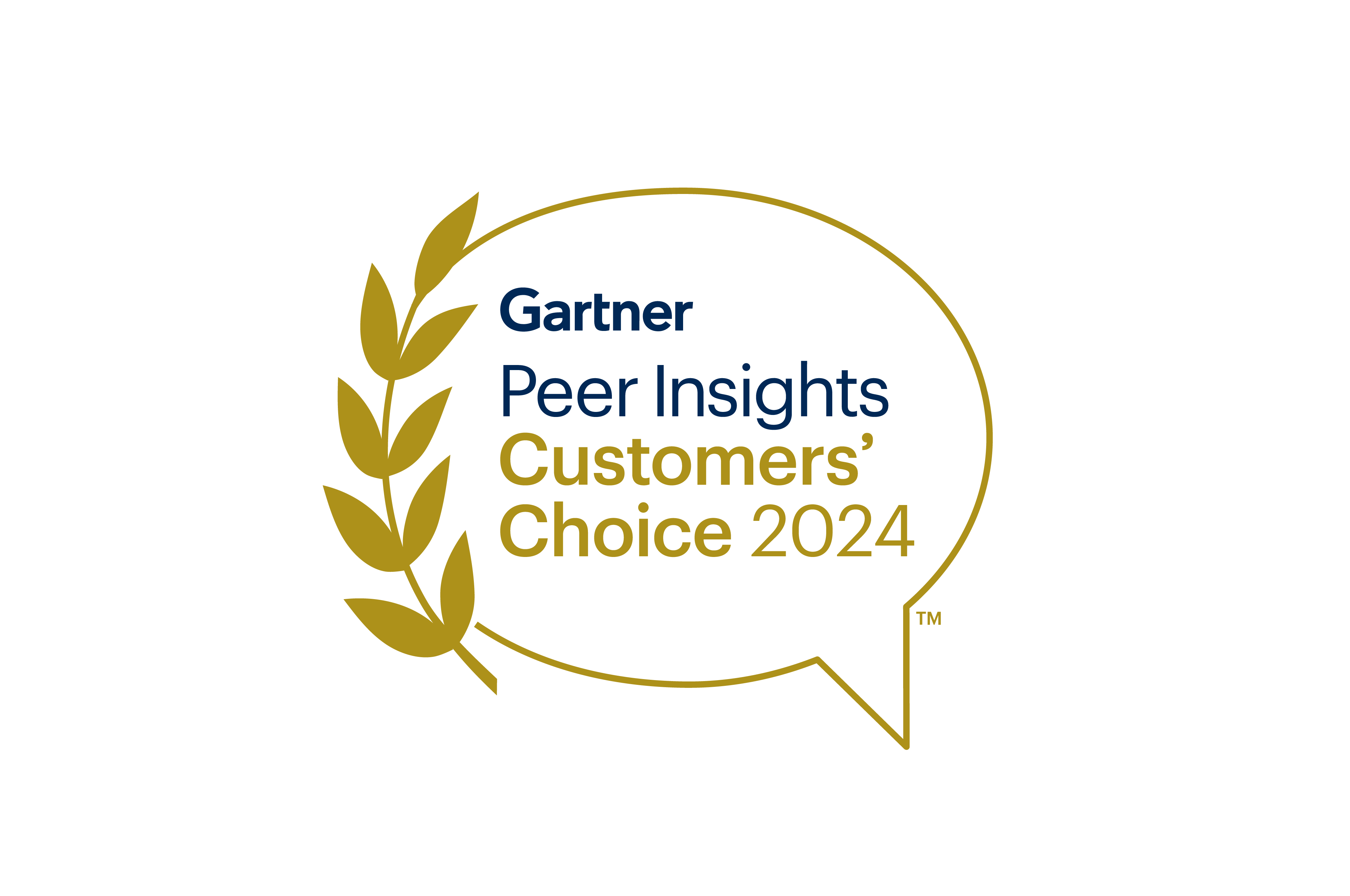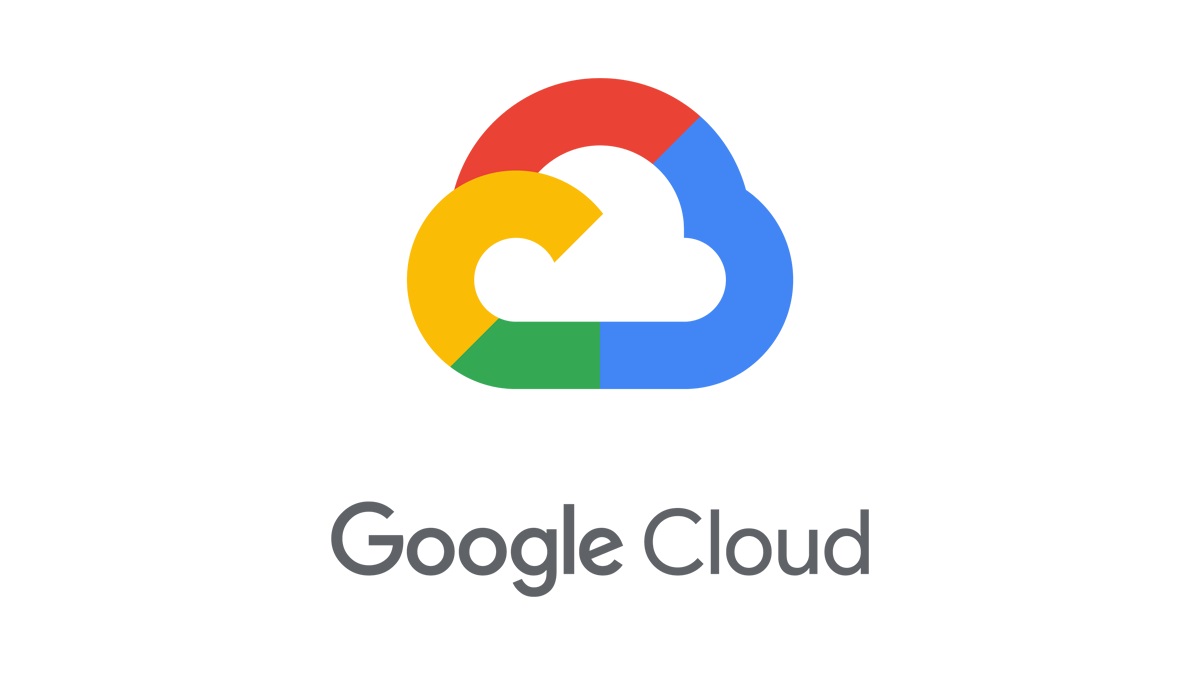We’ve all been in this meeting before. Staring at turnover numbers, trying to explain why hiring costs are up again, and why it’s still taking too long to fill critical roles. Instinct says something’s off, but gut-feels don’t win boardroom debates.
That’s where HR benchmarking comes in. It’s not just a spreadsheet full of ratios; it’s a reality check. Comparing your HR performance against industry data helps cut through guesswork and anchor decisions in what’s actually working elsewhere.
When paired with a solid Human Resource Management System (HRMS), it becomes more than a tracking tool. It becomes your edge. If you want a seat at the strategy table, it starts with knowing exactly where you stand—and how fast you can move.
What is HR Benchmarking?
HR benchmarking is a strategic process in which HR teams compare internal metrics, like employee satisfaction, attrition, and compensation, against industry standards or top-performing organizations.
The goal is to spot performance gaps and identify what can be improved or adapted. It helps decision-makers assess whether their current practices align with what drives results in similar companies. Traditional benchmarking models, however, often fall short in agile environments.
They rely on static comparisons that ignore how quickly business needs, workforce trends, and technology shift. Modern HR requires a more flexible, real-time approach to benchmarking that reflects the pace and complexity of today’s workplace.
Types of HR Benchmarking: Choosing the Right Approach
HR benchmarking can be grouped into three main types: internal, external, and functional-based comparisons.
- Internal benchmarking looks within your own walls, comparing departments or teams to surface best practices.
- External benchmarking steps outside, measuring your metrics against industry peers to identify competitive gaps.
Then there’s process, competitive, and functional benchmarking. These zoom in on specific aspects, like:
- Process benchmarking drills into workflows like onboarding or reviews.
- Competitive benchmarking focuses on strategy gaps with rivals.
- Functional benchmarking casts a wider net, comparing functions like leadership development across industries.
Let’s take a brief look at each type:
| Type | Scope | Use Case | When to Use |
| Internal Benchmarking | Within organization | Compare engagement between departments | To find internal best practices |
| External Benchmarking | Against competitors/industry | See how your attrition stacks up | To understand market position |
| Process Benchmarking | Specific HR processes | Analyze recruitment turnaround time | To improve process efficiency |
| Competitive Benchmarking | Overall HR strategy vs rivals | Assess your talent strategy vs others | To refine workforce strategy |
| Functional Benchmarking | Broader business functions | Evaluate leadership development approach | To upgrade cross-functional systems |
Why HR Leaders Can’t Ignore Benchmarking
At a time where talent gaps evolve rapidly and expectations shift faster than policy updates, HR benchmarking gives leaders a sharper lens to evaluate and act. It replaces assumptions with clarity, pinpointing what actually moves the needle.
Here’s how it helps:
- Better Workforce Planning: HR benchmarking helps spot hiring trends early on and align workforce plans with future business needs, preventing reactive hiring and resource gaps.
- Data-Driven Decision Making: It provides real-time performance insights that allow HR leaders to back their strategies with solid data instead of relying on intuition.
- Compensation & Benefits Optimization: Benchmarking highlights how your pay structures compare with competitors’, making it easier to offer attractive, market-aligned compensation.
- Boosting Employee Engagement: Benchmarking helps identify the drivers of satisfaction and long-term retention by analyzing what top-performing teams are doing differently.
The HR Benchmarking Process: A Step-by-Step Guide
Getting real value from HR benchmarking depends on having a solid, structured process. You can’t just throw numbers around and hope something useful pops out. It starts with clarity—knowing exactly what you want to measure and why.
Here’s a step-by-step process to help you through:
Step 1: Define What You Want to Benchmark
Before pulling data or comparing metrics, the first step is identifying which part of your HR function needs attention. Without a clear focus, benchmarking turns into noise. This step helps narrow your scope and makes the entire process more actionable.
Start by pinpointing your most pressing HR challenges.
- Are you struggling with high turnover in key roles?
- Is your talent acquisition process taking too long?
- Are your DE&I efforts stalling without measurable adoption?
All of these are valid starting points for benchmarking.
For example, if employee productivity has dropped across departments, you might benchmark performance metrics like output per employee or absenteeism rates. If diversity hiring is stagnant, compare your DE&I ratios against industry standards to see where the gaps are.
Defining what to benchmark ensures you’re not wasting time chasing irrelevant data. It directs the process and ensures comparisons produce a clear, actionable outcome.
Step 2: Gather the Right Data
Once you’ve decided what to benchmark, the next step is to collect the right data. This step matters because poor data equals poor insights.
You need a mix of internal and external sources to get a full picture of what’s happening in your company and how it compares to the market. For streamlined extraction and better comparability, a reliable Web scraper API can help you gather external benchmarking data efficiently, ensuring consistency and depth while keeping the tone informational and non-promotional.
Here’s a breakdown of where to look:
Internal Data Sources
| Source | What It Reveals | Use Case |
| Employee Surveys | Engagement, satisfaction, morale | Identify culture issues or burnout signs |
| Performance Data | Productivity levels, goal achievement | Benchmark output across departments |
| Exit Interviews | Reasons for attrition, management feedback | Spot patterns in turnover |
| Recruitment Metrics | Time to hire, cost per hire | Measure talent acquisition efficiency |
| HRIS & HRMS Tools | Centralized HR metrics and trend data | Pull clean, consistent internal benchmarks |
External Data Sources
| Source | What It Provides | Use Case |
| Industry Reports | Market averages, best practices | Compare metrics like attrition or DE&I rates |
| Salary Benchmarking Tools | Pay scale comparisons by role and region | Ensure competitive compensation |
| HR Tech Analytics Platforms | Aggregated performance and trend data | Spot where you lag vs peers |
| Professional HR Networks | Peer comparisons, qualitative benchmarks | Gather informal insights |
This is where PeopleStrong’s unified platform makes a difference. With built-in Analytics and seamless integrations across your HR tech stack, it ensures your data is clean, connected, and ready for real-time benchmarking. No more juggling between multiple spreadsheets.
Step 3: Analyze the Gaps
Once you’ve gathered your internal and external data, the real work begins—making sense of it. Benchmarking is only useful if it leads to action, and that starts by identifying performance gaps. Look for areas where your metrics fall short compared to industry averages or top performers. But don’t just focus on the number—ask why the gap exists.
For example, say your turnover rate is significantly higher than the industry average.
Dig deeper:
- Are exit interviews pointing to poor leadership?
- Does your compensation data show you’re underpaying compared to the market?
- Or is employee engagement low because of limited career progression or a toxic team culture?
Each of these signals point to a different solution.
Use both qualitative and quantitative data to cross-verify the root causes. A drop in engagement paired with a spike in exits is more telling than either metric alone. Look for consistent patterns across departments, periods, or roles.
Next, create a focused list of improvement areas based on the data, not assumptions. That list becomes your blueprint for targeted action—whether it’s reworking your hiring strategy, redesigning roles, or improving manager training.
Step 4: Implement and Test Changes
Benchmarking gives you the “what”—but implementation and testing tell you if it actually works in your context.
Once you’ve identified what’s not working, the next step is to fix it, without derailing what’s already in motion. Implementation doesn’t have to mean overhauling your entire HR function.
Start small. First, apply the insights from your benchmarking in a controlled, low-risk area, like piloting a new onboarding process in one department or adjusting salary bands in a specific role cluster.
Once the upgrades are in place, measure their short-term and long-term impact. For short-term results, look at immediate data shifts (e.g., a drop in time-to-hire or improvement in survey scores). For long-term effects, track trends over multiple quarters: retention rates, engagement levels, and performance outcomes.
Softwares like PeopleStrong allow you to test and roll out process improvements across departments without disrupting daily operations. And with Jinie, the in-app Gen-AI bot, employees can learn new policies or workflows instantly, improving adoption rates from day one.
Step 5: Continuous Benchmarking and Improvement
Change is constant—new tools roll out, employee expectations evolve, and competitors adjust their strategies. If your benchmarking data is outdated, your decisions will be too. That’s why building a regular benchmarking cycle matters.
Depending on your company’s size and pace, this can be quarterly, biannually, or annually. Fast-growing organizations might benefit from more frequent check-ins, while more stable environments might work with twice-a-year reviews.
Set a schedule and stick to it. Define clear goals for each review cycle—like revisiting your compensation data in Q1, or tracking diversity hiring trends in Q3. Use consistent KPIs to make comparisons easier over time.
PeopleStrong’s Gen AI for HR and intelligent collaboration tools help you build a continuous improvement loop. With personalized nudges, on-demand data, and a frictionless mobile experience, your HR team is never out of sync, even between review cycles.
Best Practices for Effective HR Benchmarking
Doing HR benchmarking isn’t hard. Doing it right is.
Many HR teams collect data, run comparisons, and still end up with vague insights that don’t change anything. The difference lies in the approach.
Here are some key practices to make your benchmarking efforts actually useful:
1. Choose the Right Comparisons
Benchmarking only works when you’re measuring against the right peer group. Avoid comparing your 200-employee tech startup to a 10,000-strong legacy enterprise in a different industry.
Use relevant filters—company size, geography, industry, or growth stage—to make the data meaningful. For example, if you’re in early-stage growth, benchmark against similar high-growth firms, not long-established giants with different priorities.
2. Ensure Data Accuracy
Your insights are only as good as your inputs. Inaccurate, outdated, or poorly categorized data skews everything. Before comparing metrics, check the source.
- Are your HRIS systems up to date?
- Are you comparing apples to apples (e.g., voluntary vs. total attrition)?
If the data’s messy, the conclusions will be too.
3. Keep it Actionable
Benchmarking shouldn’t be a report you file and forget. Focus on extracting insights that tie directly to decisions—raising offer packages, shifting recruitment strategy, or redesigning performance reviews. Every benchmarking effort should answer: “What do we do next?”
4. Leverage HR Tech
Trying to compare spreadsheets from different quarters and companies manually is a slow grind. Use tools that simplify the process. Platforms like PeopleStrong help you champion AI-driven analytics, real-time dashboards, and industry benchmarking built into their HRMS.
These tools automatically identify gaps and flag areas that need attention. They remove the guesswork. Instead of hunting for data, you focus on interpreting and acting on it.
Get Started with HR Benchmarking Today
Not sure where to begin? You’re not alone. Many HR teams sit on tons of data but lack the tools to turn it into something useful. That’s where PeopleStrong’s HR Tech 4.0 comes in. It simplifies benchmarking with built-in analytics, real-time dashboards, and industry comparisons—all in one platform. With multiple views for CHROs, directors, managers & employees built-in across the ecosystem, decision-making has never been easier.
Whether you’re tracking attrition, compensation, or engagement, the system gives you clear, actionable insights without the manual hassle.
Ready to make better HR decisions backed by real data?
Request a demo today and unlock smarter workforce insights with PeopleStrong.
